Home Improvement
Nomurano: minimalist design explained
Published
3 days agoon
By
Owner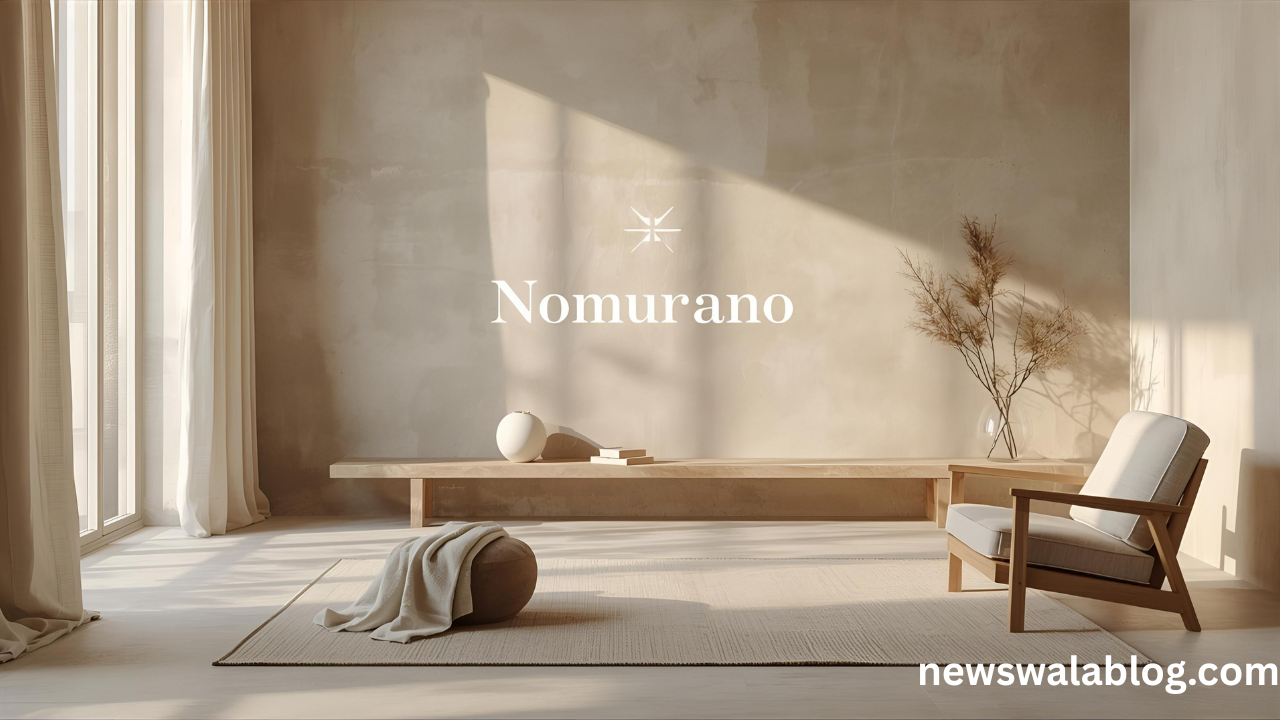
nomurano describes a quiet design and lifestyle approach that prizes restraint, material honesty, and purposeful function over decoration. It has appeared among makers, interior stylists, and small brands as a response to trend-driven excess: the goal is to shape rooms, objects, and wardrobes that feel calm, considered, and built to last. This article explains the concept, walks through practical ways to apply it at home, and offers guidance for creators who want to present nomurano work thoughtfully and effectively online.
The origins and meaning
Exact origins of the term are varied and often informal; designers and writers have used it to describe an intersection of minimalist modernism and craft-minded production. In practice, nomurano borrows from Scandinavian restraint, Japanese attention to detail, and contemporary interest in sustainable materials. Rather than tying the word to a single founder or location, many independent studios and small makers have embraced it to signal an ethic: clarity of purpose, limited palettes that calm the eye, and objects that earn their place through utility and craft.
Core principles

In nomurano practice, the approach rests on five repeatable principles: less-but-better editing, material honesty, functional beauty, muted color harmony, and attention to longevity. Editing means curating possessions so each item has a role; material honesty exposes texture and joinery instead of hiding it under surface decoration; functional beauty prioritizes proportions and ergonomics as much as ornament; muted color harmony restricts the palette so surfaces relate rather than fight; and longevity encourages repair and care rather than replacement. Taken together, these principles form a simple checklist for designers and homeowners aiming to create resilient, low-friction environments.
How to apply it in interiors
A practical way to begin nomurano in your home is to start by editing: remove items that do not serve daily life, and commit to a limited range of materials—three at most for major surfaces. Choose furniture with clean silhouettes and honest construction: a solid wood dining table, a linen sofa with visible seam lines, and efficient storage solutions chosen for function rather than fashion. Lighting should be layered but understated; combine soft overhead light, targeted task fixtures, and a single sculptural lamp to create depth without visual clutter. Introduce living elements like potted plants or a single handmade ceramic piece to soften the space while maintaining visual restraint. Finally, design for systems: think through storage, circulation, and daily habits so the room supports how you live rather than simply looking pretty.
Application in fashion and product design
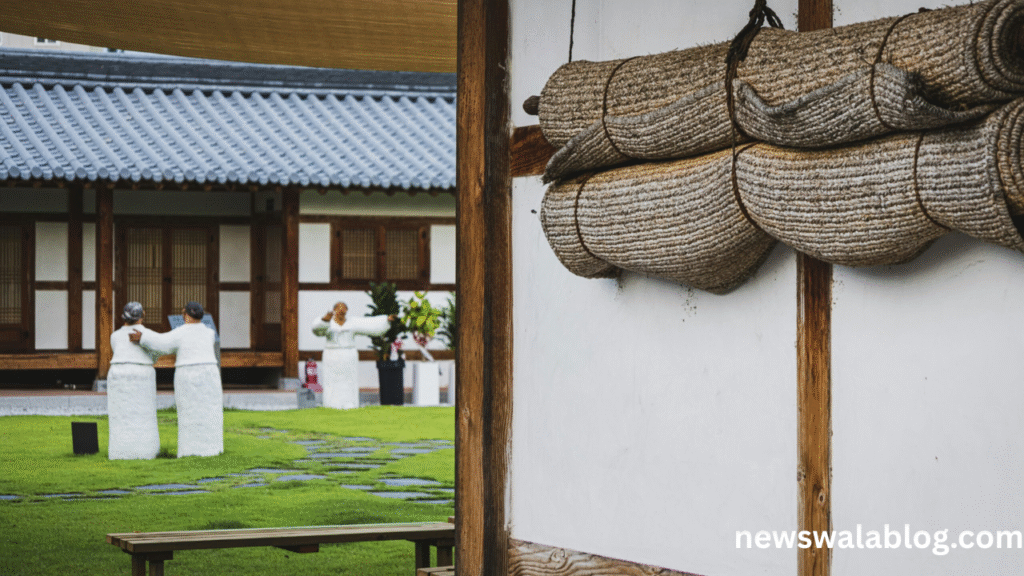
In clothing and small-batch product lines, the same ethos applies: prioritize fabrics and details that age well, favor simple proportions, and avoid overt branding. nomurano thinking encourages capsule wardrobes and objects that mix easily, reducing impulse buying and supporting a culture of repair. For makers, this often translates to limited runs, transparent material sourcing, and repair instructions included with purchases so the story of an object continues beyond its initial sale. The effect is a slower commerce model where value is measured by durability and usefulness rather than novelty.
Building a moodboard and sourcing materials
When planning a project, assemble a moodboard that foregrounds texture and light rather than pattern. Gather close-ups of wood grain, plaster, linen weaves, and stone, and annotate each selection with reasons for inclusion. For nomurano projects, limit color swatches and note the emotional effect of each material—warmth, coolness, roughness, polish—so selection feels purposeful rather than decorative. Use the board as a shopping checklist and a briefing document for collaborators; it prevents overreach and keeps procurement aligned with the project’s core principles.
Presenting work online
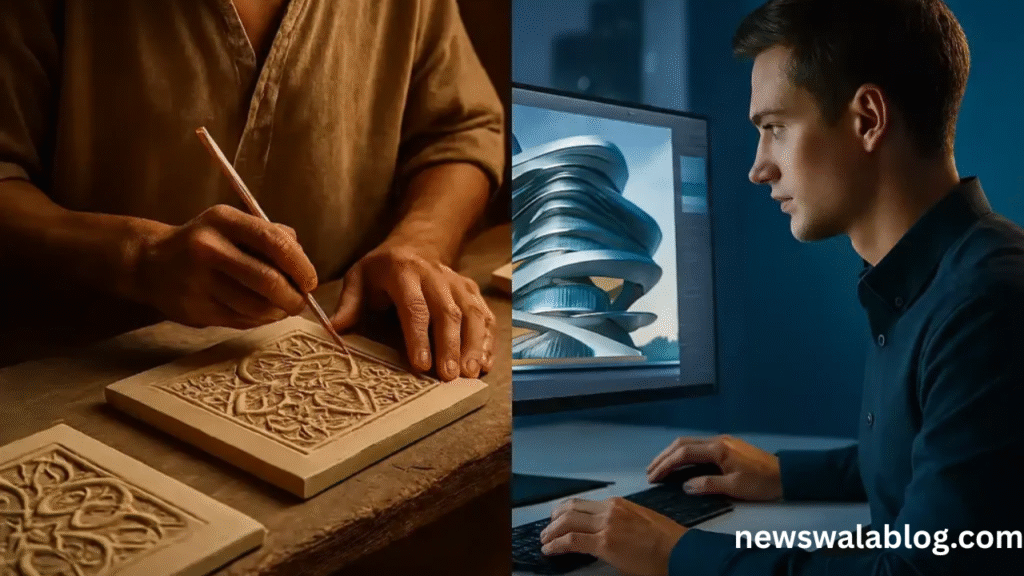
When presenting nomurano work online, clarity and storytelling are essential. Photograph real environments and process moments rather than relying on generic staged images; include close-up images that show material texture and joinery, and write short captions explaining why each choice matters. Publish a long-form explanatory page that covers origins, practical how-tos, and maintenance advice so visitors find a complete resource rather than a thin landing page. Be explicit about care and repair—providing maintenance guidance builds trust and signals a commitment to longevity, which many audiences now value highly.
Practical shopping checklist
When buying, ask about the material’s origin, the maker’s repair policy, and whether finishes are replaceable. Choose pieces that can be repurposed and favor natural over synthetic where possible. Check dimensions carefully, and prefer local makers to reduce embodied impact and support craft communities. Small investments—quality linen sheets, a well-made wooden stool, or a hand-thrown bowl—can yield long-term satisfaction when chosen with care and intention.
Conclusion
Adopting this approach encourages slower purchasing, thoughtful maintenance, and environments that reward daily use. nomurano is not a rigid aesthetic but a toolkit for making better choices: when materials, scale, and function are in dialogue, the result is a calm and enduring environment that prioritizes meaning over novelty. Whether you are revising one corner of your home or launching a product line, these ideas aim to help you create work that lasts and matters.
FAQs
Q: What is nomurano?
A: nomurano is a design and lifestyle approach that values restraint, honest materials, and functional beauty. It focuses on long-lasting pieces and thoughtful editing rather than chasing trends.
Q: How do I start a nomurano interior?
A: Begin by editing possessions, limiting your palette, and selecting a few high-quality materials. Prioritize storage systems and functional lighting to support everyday life.
Q: Is nomurano only for interiors?
A: No — the principles translate easily to fashion, product design, and branding where repairability, simple proportions, and material honesty matter.
Q: How should I photograph nomurano work?
A: Use natural, detail-focused photos that show texture and joinery; include process shots and concise captions explaining material choices.
Q: Will nomurano fit a small apartment?
A: Yes — its emphasis on editing, multi-functional pieces, and human scale makes it especially well-suited to compact living.
read more : The World of Olympus Scanlation: Inside the Global Fan Translation Community
You may like
Home Improvement
Markiseteppe: The Complete Guide to Outdoor Comfort and Protection
Published
1 day agoon
October 7, 2025By
Owner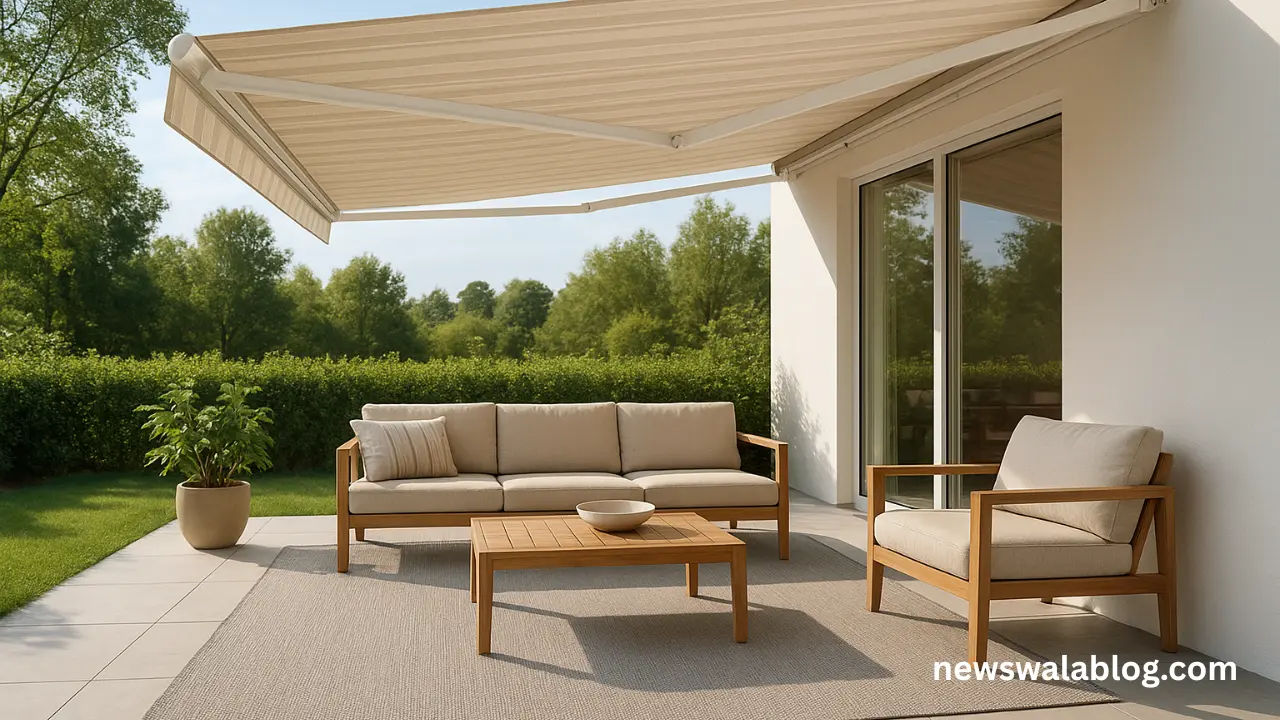
When it comes to creating a comfortable outdoor space, few things make a bigger difference than a well-designed markiseteppe. This unique outdoor covering combines style, durability, and functionality, offering shade, protection, and a touch of elegance to terraces, balconies, and camping areas. In this guide, you’ll discover what a markiseteppe is, its benefits, how to choose the right one, and why it’s becoming increasingly popular among homeowners and travelers alike.
What Is a Markiseteppe?
A markiseteppe is a specially designed outdoor mat or fabric used under awnings, on patios, or at campsites. It acts as both a decorative and practical surface, creating a clean and comfortable area while preventing dirt and moisture from entering living spaces. Whether it’s placed under a caravan awning or on a sunny balcony, a markiseteppe provides comfort while protecting surfaces from heat and wear.
Why You Should Consider a Markiseteppe
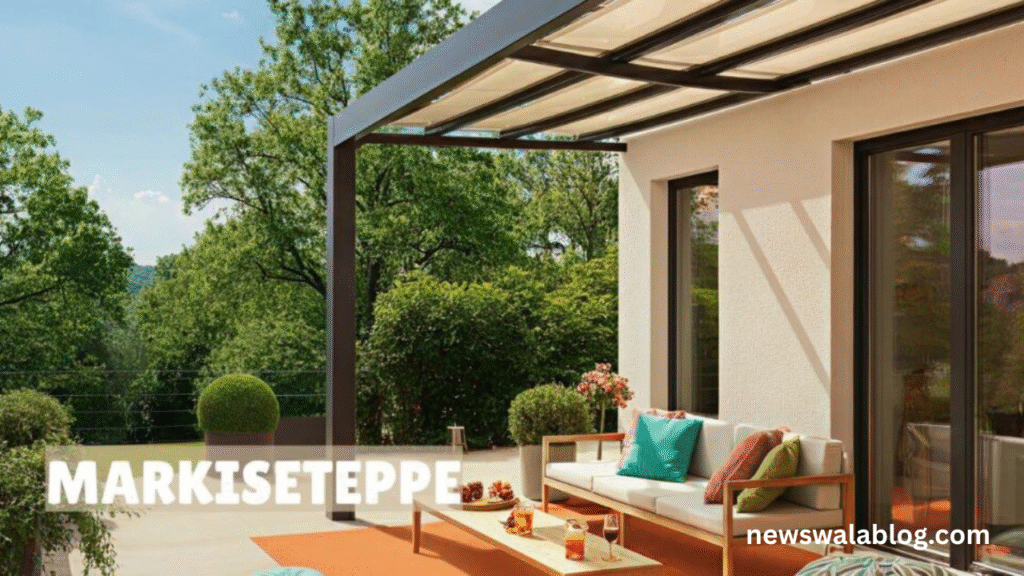
The popularity of markiseteppe has grown rapidly due to its versatility and modern look. Here are a few reasons homeowners and campers prefer it:
- Comfort and Cleanliness: It keeps outdoor spaces dry, tidy, and pleasant to walk on.
- UV and Heat Protection: By reflecting sunlight, a markiseteppe helps maintain cooler temperatures underneath.
- Durability: Made from weather-resistant materials, it withstands moisture, sunlight, and temperature changes.
- Easy Maintenance: Most designs can be easily cleaned by rinsing with water or wiping off dust.
- Style and Aesthetics: Available in a wide range of colors and textures to match any outdoor décor.
Types of Markiseteppe
There are several types of markiseteppe depending on where you plan to use them:
- Camping Markiseteppe: Lightweight and easy to fold, ideal for caravans or camper setups.
- Balcony or Terrace Markiseteppe: Designed with elegant patterns to enhance home exteriors.
- Commercial Markiseteppe: Often used in cafés or restaurants with outdoor seating areas for both comfort and branding.
Each type offers different advantages, so choosing the right markiseteppe depends on how and where you want to use it.
Materials and Desig
High-quality markiseteppe is typically made from breathable, water-resistant fabrics such as polyethylene or PVC-coated polyester. These materials prevent mold growth, dry quickly, and allow airflow underneath. Designs vary from plain modern shades to decorative woven textures that blend with garden furniture. Many users also choose eco-friendly options made from recycled materials, combining sustainability with practicality.
How to Choose the Right Markiseteppe
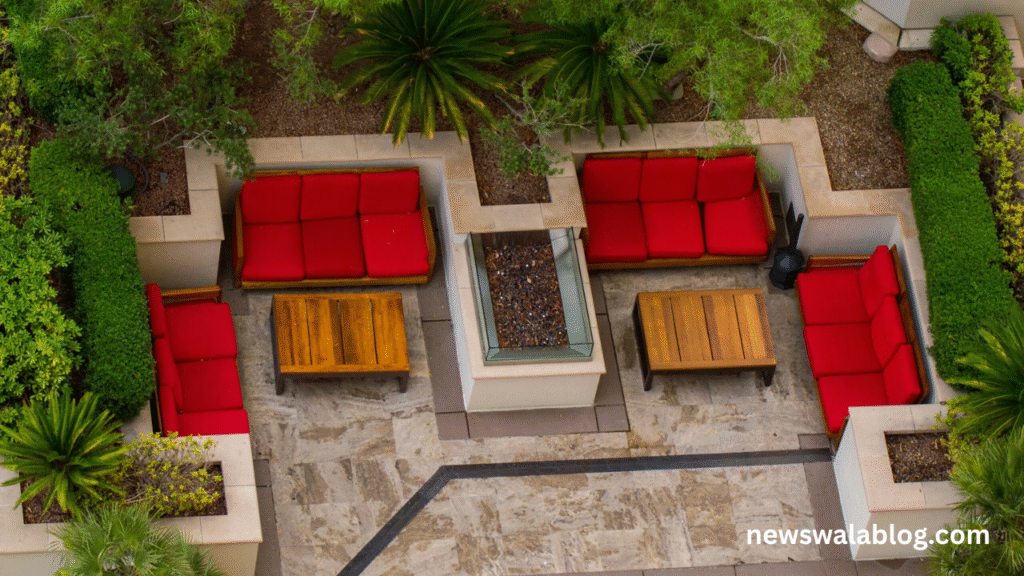
Selecting the perfect markiseteppe involves more than just picking a color. Here’s what to consider:
- Size and Space: Measure your outdoor area carefully. A markiseteppe that fits properly looks neater and offers full coverage.
- Material Strength: For camping or heavy use, choose thicker, more durable fabrics.
- Ease of Cleaning: Opt for quick-dry materials that resist stains.
- UV Resistance: Look for fabrics that block harmful UV rays to extend the life of your furniture and protect your skin.
- Design Harmony: Match your markiseteppe with the existing outdoor color scheme for a cohesive look.
Benefits of Using Markiseteppe for Outdoor Living
Using a markiseteppe transforms any outdoor area into a more livable and enjoyable space. It creates a barrier against dirt, keeps your feet clean, and enhances comfort while dining or relaxing outside. In camping settings, it prevents mud from entering tents or vehicles. Moreover, a markiseteppe extends the lifespan of decks and tiles by shielding them from direct exposure to sun and moisture.
Installation and Maintenance Tips
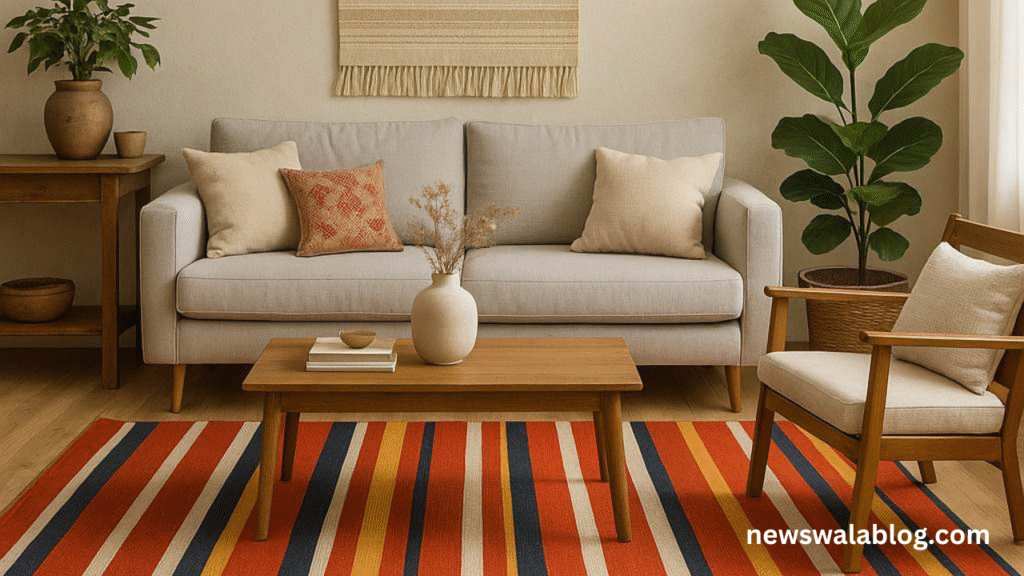
Installing a markiseteppe is simple and usually doesn’t require professional help. Most models can be rolled out and secured using small weights or clips. For long-term setups, ensure the surface underneath is clean and level.
Maintenance is equally easy—shake off debris regularly, and rinse with water every few weeks. Avoid harsh detergents; instead, use mild soap when necessary. With minimal effort, a markiseteppe can look fresh and new for years.
Eco-Friendly Trends in Markiseteppe Production
Many manufacturers are now producing markiseteppe using recyclable materials and low-impact dyes. These sustainable versions reduce environmental impact without compromising on performance. As outdoor living becomes more popular, eco-friendly designs are leading the way for a greener future in home décor and travel accessories.
Where to Use a Markiseteppe
A markiseteppe fits perfectly in various environments:
- Patios and Decks: Add warmth and comfort underfoot.
- Balconies: Protect flooring from rain and enhance style.
- Camping Sites: Keep the ground clean and comfortable.
- Garden Areas: Define lounging or dining spaces outdoors.
Wherever it’s used, a markiseteppe improves the appearance and usability of outdoor spaces, offering both comfort and functionality.
Conclusion
A markiseteppe is more than just an outdoor accessory—it’s a smart investment in comfort, cleanliness, and style. Whether you’re camping in nature or enjoying coffee on your balcony, it provides a practical solution to enhance your experience. Durable, easy to maintain, and visually appealing, a markiseteppe brings together function and design, making your outdoor area truly inviting.
FAQs
1. What is a markiseteppe used for?
It’s used to create a clean, comfortable surface under awnings, on patios, or at campsites.
2. Is a markiseteppe waterproof?
Most models are water-resistant, allowing quick drying after rain while preventing moisture buildup.
3. How do I clean a markiseteppe?
Simply shake off dust or rinse with water; mild soap can be used for stubborn stains.
4. Can a markiseteppe be used on any surface?
Yes, it can be placed on concrete, grass, tiles, or gravel as long as the surface is even.
5. How long does a markiseteppe last?
With proper care, it can last several years, even with frequent outdoor use.
read more: Why Choose Närkes Elektriska? A Complete and Informative Guide
Home Improvement
Pyntekvister: A Practical Guide to Styling Decorative Branches at Home
Published
2 weeks agoon
September 24, 2025By
Owner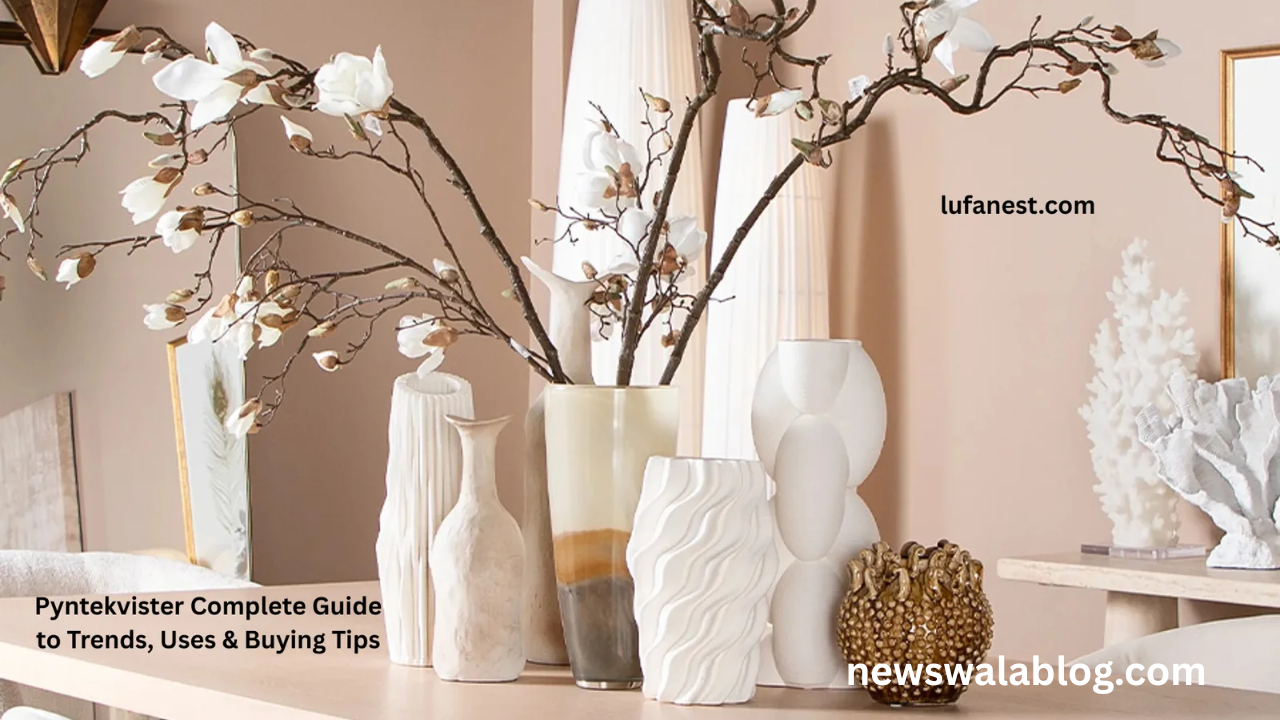
Pyntekvister have become a popular and stylish element in modern interior design. Whether you prefer a clean Nordic style or a lush, bohemian look, pyntekvister add texture, height, and a natural feel to any room. In this article, we’ll explain what pyntekvister are, the different types available, how to choose the right ones, and creative ways to style, maintain, and use them throughout the seasons. By the end, you’ll know exactly how to decorate with pyntekvister in a way that makes your home warm and inviting.
What Are Pyntekvister?
The term pyntekvister refers to decorative twigs or branches used in vases, wreaths, table arrangements, and seasonal decorations. They can be natural, dried, preserved, or artificial, and they’re often chosen to add height and contrast to a room without requiring much maintenance. In Scandinavian décor, pyntekvister pair perfectly with simple color palettes—white walls, wood, and neutral tones—but they also look great in colorful, eclectic interiors where texture and structure are key.
Types of Pyntekvister: Natural, Preserved, and Artificial
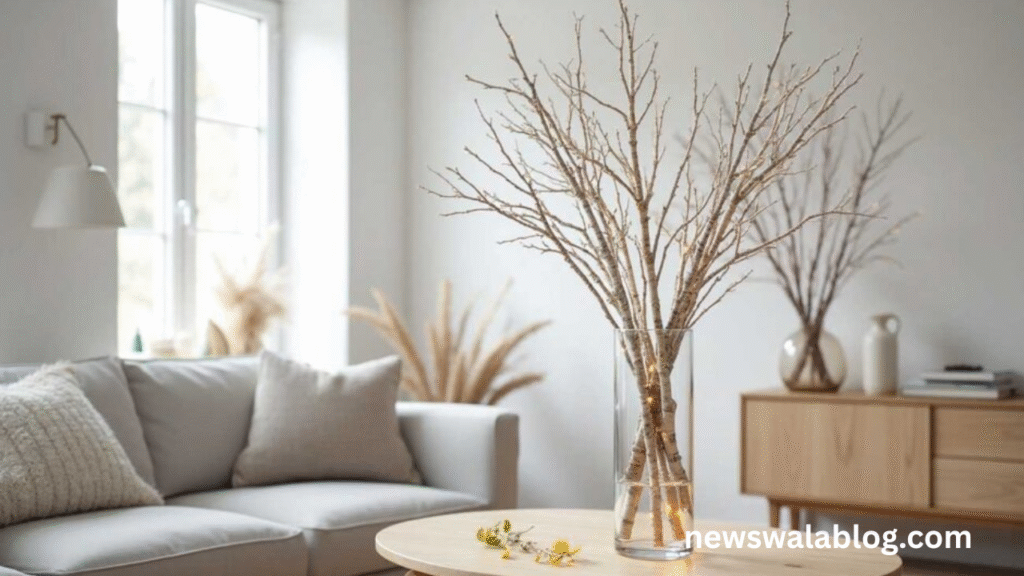
There are several categories of pyntekvister to explore. Natural branches give an authentic, rustic touch but can be fragile and short-lived. Preserved branches are treated to keep their color and shape for months or even years, making them a smart option for long-lasting arrangements. Artificial pyntekvister are available in endless styles, from lifelike versions of birch or magnolia to modern, metallic-coated designs. Natural options bring authenticity, preserved versions offer durability, and artificial designs allow flexibility for all seasons and settings.
How to Choose the Right Pyntekvister
When selecting pyntekvister, start by considering proportion and scale in relation to the vase or area where they’ll be displayed. Tall, narrow vases work best with slim, elongated branches, while wider vases suit fuller, shorter stems. Color and texture also matter—choose branches that either complement or intentionally contrast with your décor. For minimalist homes, a few bold branches can serve as the focal point, while layered mixes of dried flowers, greenery, and twigs add depth in more vibrant spaces. Lighting also plays a role: natural light highlights organic shapes, while fairy lights wrapped around pyntekvister create a warm evening glow.
Creative Ways to Style Pyntekvister
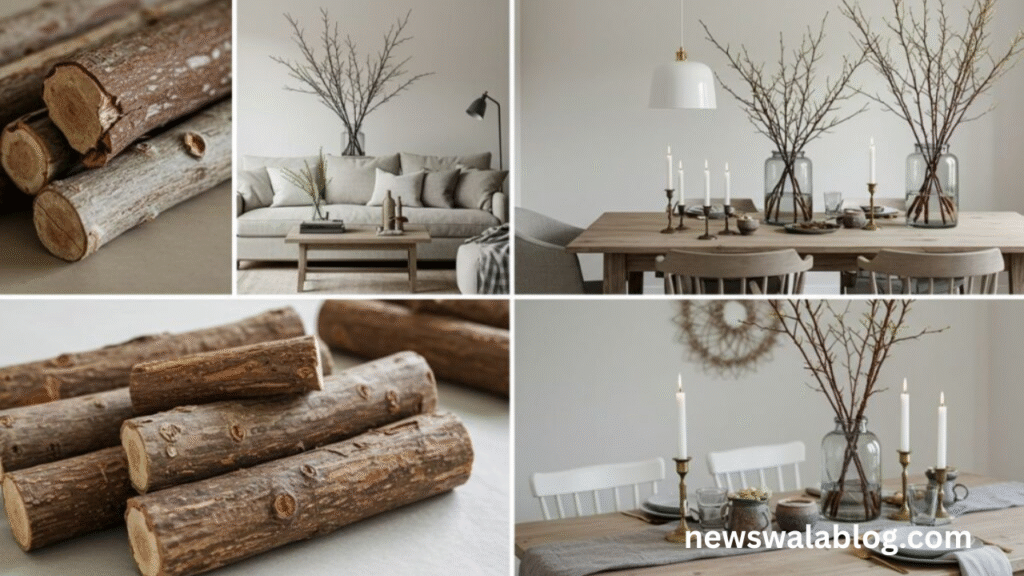
One of the best things about pyntekvister is their versatility. Place a single, curved branch in a glass bottle for a sculptural effect on a shelf, or cluster several in a ceramic vase as a dining table centerpiece. Mix pyntekvister with pampas grass, eucalyptus, or dried hydrangeas for added texture. Stronger branches can even hold small ornaments or string lights for festive occasions. For a modern twist, spray-paint branches in metallic tones or pastel shades and use them as wall décor or part of a bold tablescape. Think in layers—larger branches for structure, mid-sized elements for balance, and small airy details for movement.
DIY Projects With Pyntekvister
Creating your own decorations with pyntekvister is affordable and fun. Collect branches from your garden, dry them in a cool, airy space, and paint the tips for a gradient effect. Another simple project is to craft a hanging mobile from light twigs and thread—perfect for a child’s room or near a window. For table décor, bundle small twig arrangements with ribbon or twine, place them along a table runner, and finish with candles for a cozy atmosphere. Always take care when combining branches with open flames—consider LED candles as a safe alternative.
Seasonal Uses: Decorating With Pyntekvister All Year
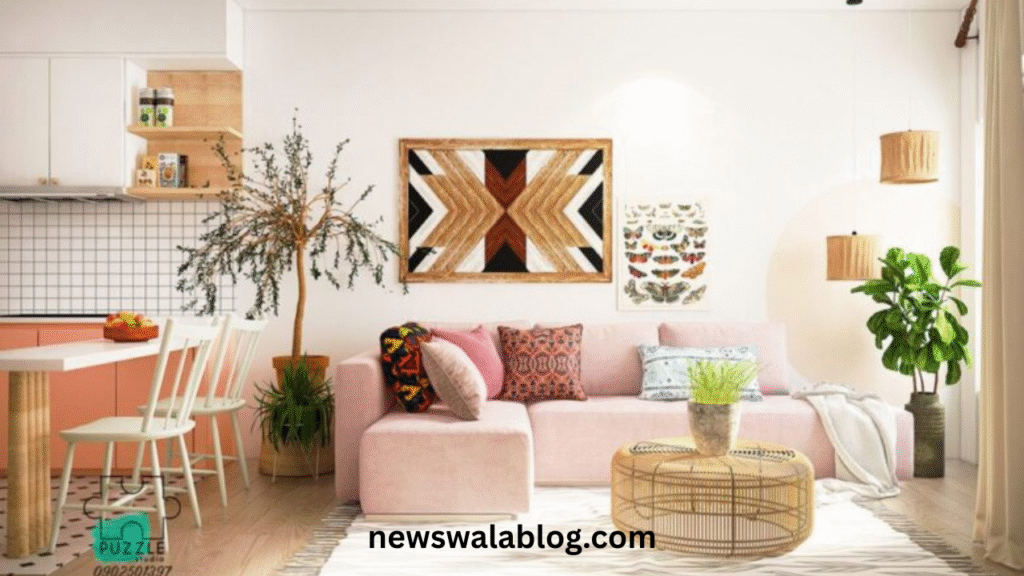
Pyntekvister are ideal for seasonal décor because they’re easy to update. In spring, pair fresh green twigs with flowering branches. Summer arrangements can be light, airy, and colorful. Autumn calls for deeper tones, dried berries, and acorns, while winter is perfect for minimalist frosty displays with white-painted branches and fairy lights. During Christmas, pyntekvister work beautifully in wreaths, table runners, and advent decorations, bringing natural warmth to the season.
Care, Storage, and Longevity
With the right care, pyntekvister can last much longer. Natural and dried branches should be kept away from moisture to prevent mold, and dust can be removed gently with a soft brush or cool air from a hairdryer. Preserved and artificial versions require little upkeep but should still be stored in boxes or bags when not in use to protect their shape. Label seasonal décor boxes so you can easily reuse and refresh your pyntekvister arrangements year after year.
Where to Buy Pyntekvister and What to Look For
Pyntekvister are available from florists, home décor shops, markets, and online retailers. When shopping, check quality—flexibility, finish, and durability matter. For artificial pyntekvister, watch for details like realistic texture and invisible seams. If you prefer preserved branches, ask about the treatment process to understand how long they’ll keep their look. Local stores let you see and feel products before purchase, while online stores offer variety and competitive pricing—choose sellers with clear product images and reliable customer reviews.
Tips for Sellers: Writing Effective Product Descriptions
If you’re selling pyntekvister, detailed descriptions help buyers visualize them in their homes. Include size, material (natural, preserved, or artificial), care tips, and suggested uses. Instead of just writing “decorative twig,” describe it like: “Perfect in a tall ceramic vase in your living room, or as part of a festive holiday arrangement.” Use multiple photos from different angles and show scale in real-life settings to boost customer confidence and conversion rates.
Frequently Asked Questions (FAQs)
What is the difference between natural and preserved pyntekvister?
Natural branches are untreated and may be fragile, while preserved ones are chemically treated to retain their shape and color for longer use.
Can pyntekvister be used outdoors?
Some can, depending on the material and treatment. Check if they’re UV- or moisture-resistant before placing them outside.
How do I remove dust from pyntekvister?
Use a soft brush or blow gently with a hairdryer on a cool setting to clean without damage.
Are pyntekvister safe around candles?
Dry branches can be flammable. Always keep them away from open flames or use LED candles as a safe alternative.
How long do artificial pyntekvister last?
With proper care, artificial versions can last for many years, while natural or dried ones gradually lose color and structure over time.
Conclusion
Pyntekvister are a simple yet powerful way to add personality and natural beauty to your home. Whether you buy them ready-made or create your own, choosing the right material, scale, and styling can transform a space instantly. From seasonal arrangements to everyday accents, pyntekvister offer endless possibilities for creative expression. Start with a single striking branch, experiment with combinations, and let these decorative elements become a signature part of your home décor.
Read more:Dihward: A Practical Guide
Home Improvement
Gessolini The Ultimate Guide to Italian Decorative Moldings for Your Home
Published
1 month agoon
August 28, 2025By
Owner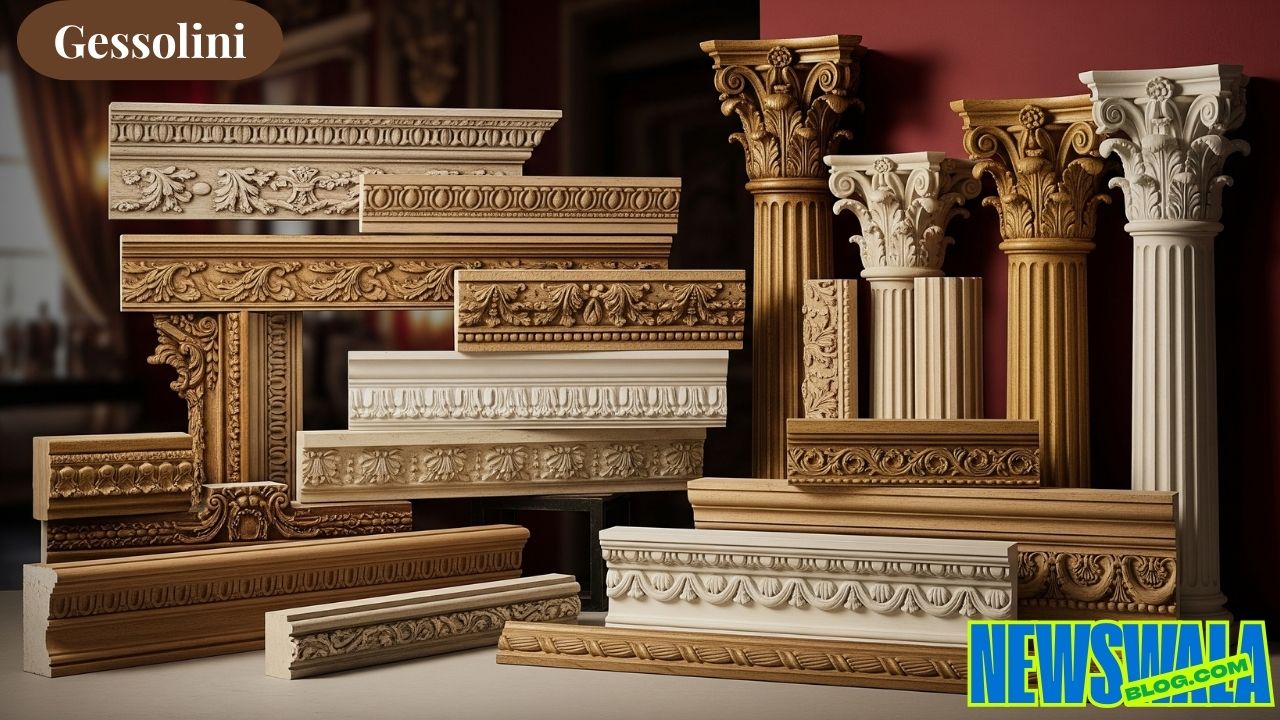
Introduction to Gessolini
Gessolini represent one of the most elegant and versatile solutions for enhancing interior spaces with sophisticated decorative elements. These Italian-inspired architectural details have transformed countless homes and commercial spaces, offering both aesthetic appeal and functional benefits. Whether you’re renovating a classic villa or modernizing a contemporary apartment, gessolini provide the perfect finishing touch that elevates any interior design project.
The term “gessolini” encompasses a wide range of decorative moldings and trim pieces that add character, depth, and visual interest to walls and ceilings. These architectural elements have roots in traditional Italian craftsmanship, where attention to detail and artistic expression were paramount in creating beautiful living spaces.
Understanding Gessolini Decorativi
Gessolini decorativi serve as the cornerstone of sophisticated interior design, transforming plain surfaces into works of art. These decorative elements come in countless styles, from simple linear designs to elaborate baroque-inspired patterns that can completely change the atmosphere of a room.
The beauty of gessolini decorativi lies in their versatility. They can complement both traditional and modern interior design schemes, acting as a bridge between classical elegance and contemporary aesthetics. Professional designers often use these elements to create focal points, define spaces, or add texture to otherwise flat surfaces.
Design Possibilities with Decorative Gessolini

When incorporating gessolini decorativi into your space, consider how they can enhance architectural features that may already exist. These elements work exceptionally well around doorways, windows, and built-in furniture, creating a cohesive design language throughout your home.
The installation of gessolini decorativi requires careful planning and attention to detail. Professional installers recommend measuring spaces accurately and considering the overall proportions of the room to ensure the decorative elements enhance rather than overwhelm the space.
Gessolini in Polistirolo: Modern Innovation
Gessolini in polistirolo represent a revolutionary advancement in decorative molding technology. This polystyrene-based material offers numerous advantages over traditional materials while maintaining the elegant appearance that makes gessolini so desirable.
The lightweight nature of gessolini in polistirolo makes installation significantly easier and more cost-effective than traditional plaster or wood alternatives. This material innovation has made decorative moldings accessible to a broader range of homeowners and design projects.
Advantages of Polystyrene Gessolini
Gessolini in polistirolo offer exceptional durability and resistance to environmental factors that might damage traditional materials. They don’t crack, warp, or deteriorate over time, making them an excellent long-term investment for any interior design project.
The versatility of gessolini in polistirolo extends to their customization possibilities. These elements can be painted in any color to match your design scheme, and they accept various finishes from matte to high-gloss, allowing for complete design flexibility.
Gessolini Per Pareti: Wall Applications

Gessolini per pareti transform ordinary walls into extraordinary design features. These wall-specific decorative elements can create the illusion of paneling, add architectural interest to flat surfaces, or define different areas within open floor plans.
The application of gessolini per pareti requires understanding how these elements interact with existing wall features like electrical outlets, switches, and built-in fixtures. Professional installation ensures seamless integration with these practical elements while maintaining the decorative integrity of the design.
Creative Uses for Wall Gessolini
Gessolini per pareti can serve multiple design functions beyond simple decoration. They can create visual boundaries between different functional areas, add texture to feature walls, or provide a backdrop for artwork and furniture arrangements.
When selecting gessolini per pareti, consider the scale of your space and existing architectural features. Larger rooms can accommodate more elaborate designs, while smaller spaces benefit from simpler, more streamlined gessolini profiles.
Gessolini Soffitto: Ceiling Enhancement

Gessolini soffitto bring the often-overlooked ceiling into the design conversation, creating a cohesive look that extends from floor to ceiling. These ceiling-specific elements can make rooms appear larger, add visual interest overhead, or complement wall treatments for a unified design approach.
The installation of gessolini soffitto requires specialized knowledge of ceiling construction and weight distribution. Professional installers ensure that ceiling gessolini are properly supported and positioned for both safety and aesthetic appeal.
Design Impact of Ceiling Gessolini
Gessolini soffitto can dramatically alter the perceived proportions of a room. Strategic placement can make low ceilings appear higher or create intimate zones within larger spaces. These elements work particularly well in dining rooms, living areas, and bedrooms where ceiling interest adds to the overall ambiance.
The selection of appropriate gessolini soffitto depends on ceiling height, room function, and lighting considerations. Recessed lighting can be integrated with ceiling gessolini to create dramatic lighting effects that highlight the decorative elements while providing functional illumination.
Installation and Maintenance
Proper installation is crucial for achieving the desired aesthetic impact of gessolini. Professional installation ensures accurate measurements, proper adhesion, and seamless joints that create the appearance of custom millwork at a fraction of the cost.
Maintenance of gessolini is relatively simple, requiring only periodic cleaning with appropriate materials. The durability of modern gessolini materials means they maintain their appearance for years with minimal care.
Professional Installation Benefits
Working with experienced installers guarantees that your gessolini project will meet both aesthetic and structural requirements. Professional installers understand how different materials behave and can recommend the best approaches for your specific application.
The investment in professional installation typically pays for itself through reduced material waste, faster completion times, and superior finished appearance that enhances property value.
Choosing the Right Gessolini for Your Project
Selecting appropriate gessolini involves considering multiple factors including room size, ceiling height, existing architectural features, and personal design preferences. The wide variety of available profiles means there’s a perfect solution for every interior design challenge.
Budget considerations also play a role in gessolini selection. While all options provide excellent value, understanding the cost implications of different materials and installation requirements helps ensure your project stays within budget while achieving desired results.
Future Trends in Gessolini Design
The evolution of gessolini continues with new materials, installation techniques, and design possibilities emerging regularly. Smart home integration, sustainable materials, and customization options are shaping the future of decorative moldings.
Contemporary designers are finding innovative ways to incorporate traditional gessolini elements into modern spaces, creating unique hybrid styles that honor classical design principles while embracing current trends.
Also Read: Understanding Duaction A Comprehensive Guide to Dual-Action Strategies
Trending
-

 Celebrity2 months ago
Celebrity2 months agoPeter Kay Weight Loss The Incredible Transformation of Britain’s Beloved Comedian
-

 Entertainment1 month ago
Entertainment1 month agoErazno y La Chokolata The Ultimate Hispanic Comedy Radio Experience
-

 Food & Drink1 month ago
Food & Drink1 month agoDiscover the Authentic Taste of Бишкоти ди Прато Italy’s Most Beloved Almond Biscuits
-

 Entertainment1 month ago
Entertainment1 month agoThe Complete Guide to Crusader Crossword Puzzles
-

 Celebrity2 months ago
Celebrity2 months agoJalen Green Girlfriend Complete Guide to His Dating Life and Relationships
-

 Entertainment1 month ago
Entertainment1 month agoKirby Dedo The Ultimate Guide to Kirby Finger Puppets and King Dede Collectibles
-

 News2 months ago
News2 months agoManchester City 115 Charges Verdict Everything You Need to Know About the Historic Case
-

 Business2 months ago
Business2 months agoUK Printer Security Alerts A Complete Guide to Protecting Your Organization

